
Think of this article as your ‘beginners bible’ – Helen Krag shares all her top tips to help you get started (or go deeper) on your Yoga journey.
The modern practice of making shapes on a mat with the body is often an entry point into Yoga. However, the physical postures are but a single strand of a rich and complex philosophy and practice. ‘Yoga for Beginners’ explores different aspects of yoga today and signposts practical ways to get started. We address key questions on a range of topics:
- What is yoga?
- Who can do yoga?
- Benefits of yoga for beginners
- Equipment to get you started
- Yoga Poses to learn first
- Meditation or mindfulness?
- Breath work for beginners
- Yoga Courses for beginners
- Different yoga styles
- What puts people off doing yoga?
If you are itching to get moving, feel free to fast forward in this article to the ‘poses, classes and courses’.
WHAT IS YOGA?
Interpretations of what yoga is, and where it came from, are varied. You may have heard definitions such as ‘yoga means union’, since the word ‘yoga’ comes from the Sanskrit root yuj which means to join together. The Bhagavad Gita, one of the many ancient texts from which our understanding of yoga is derived, states that ‘yoga is stillness’. The notion of ‘what makes it yoga?’ invites us to discover a personal perspective and this article reflects on that question.
In the definition from Erich Schiffmann below, reference is made to yoga as a form of ‘self-enquiry’ to help us experience our own truth. Schiffmann also suggests that learning from yoga encompasses action and response.
“Yoga is a way of moving into stillness in order to experience the truth of who you are. It is also a way of learning to be centred in action so that you have the clearest perspective of what’s happening and are able to respond most appropriately”
Erich Schiffmann from ‘Yoga; The Spirit and Practice of Moving into Stillness’
There are also many books that help us to develop our own understanding and perspective of what yoga is. ‘The Truth of Yoga’ by Daniel Simpson aims to provide a comprehensive guide to yoga’s history, texts, philosophy and practices.
Read more about yoga for stress and anxiety in this complete guide
WHO CAN DO YOGA?
It sounds like a glib response, but yoga really is accessible to everyone that wants to do it. The practise of yoga promotes an experience that is unique to each practitioner. It’s not about having a fit body or being super-flexible, and it’s certainly not about comparing ourselves with anyone else.
A helpful mindset to bring is one of curiosity and an openness to learn. Through yoga we can explore what is possible in the body and the mind as well as more broadly in our lives. Even those of us who have been practising for some years can benefit from having a beginner mindset!
Discover more insights on how to be a yoga beginner and check out our yoga for beginners – FAQs.
WHAT ARE THE BENEFITS OF YOGA FOR BEGINNERS?
Most beginners have a reason or reasons for wanting to do yoga. These are both varied and personal, and might include an intention to:
- Improve flexibility
- Build strength
- Have some dedicated time for ourselves
- Reduce stress and anxiety
- Increase focus
- Aid better sleep
- Alleviate pain from an injury or condition, for example back pain
- Become fitter
- Lift mood
- Improve posture
- Manage menopausal symptoms
- Help recover from cancer or other long term illnesses (you can try Yoga for Cancer Care)
- Feel calmer
- Improve digestion
The health benefits of yoga are not only physical. Research and anecdotal evidence point to improvements in mental and emotional health too.
A more personal determinant of whether yoga is something you want to continue with when you have tried it, is how you feel afterwards. Those who practise yoga regularly report feeling more connected with their bodies. There may be increased space in the body and mind afterwards, which promotes a sense of freedom. Sometimes we surprise ourselves by accomplishing something we didn’t know our body was capable of. We feel braver, more empowered. We may notice we are better able to cope with stressful, anxious moments, or to sleep more soundly. As we reconnect with ourselves and build greater strength and flexibility, these qualities can start to permeate other areas of our life. We become stronger and more resilient.
Why not conduct your own personal experiment? Practise yoga for, say, 30 days and jot down your progress throughout the month. What do you notice? How do you feel? This exercise helps to establish a greater connection between mind and body.
The Beginner Yoga 30-Day Challenge is designed to help you get started and begin reaping the benefits of a daily yoga practice. It’s a way to get into yoga in your own time, when it suits your schedule, and without breaking the bank.
What Equipment do I need?
A Yoga Mat!
We suggest you keep it simple to start with. A sticky yoga mat – borrowed or purchased – is essential if you are going to practise at home. Do your research and buy the best you can afford. Most studios will provide these (and other props) if you attend in person.
Props
Props are useful to help you access poses and achieve the correct alignment.
- Some classes may call for use of a foam block or a cork brick, but you can substitute books of different thicknesses.
- A yoga strap (belt) is helpful because it acts as an ‘arm extender’. A sturdy dressing gown belt will also do the trick.
- Yoga blankets are used as support, for cushioning and for warmth. Substitute regular blankets or towels at home.
- Bolsters are particularly handy for restorative and prenatal yoga classes. You can substitute cushions, blankets or towels to get a similar effect.
For sustainable yoga mats and yoga accessories you can check out our friends at Yogi Bare!
Clothing
You don’t need to rush out and buy any fancy designer yoga wear (unless you want to). Comfortable sports clothing will enable you to move easily. You are also welcome to practice online at home in your pyjamas!!
- Yoga pants or shorts don’t have to be tight – you can opt for looser styles.
- A decent sports bra is usually more comfortable and supportive than a regular bra, although yoga is generally not high impact.
- Opt for tops that are reasonably fitted as baggy ones may ride up when you start getting into poses.
- Have a warm sweatshirt or sweater with you to put on during the final Corpse Pose (Savasana) when your body may start to feel cold.
- It is preferable to go barefoot. If that doesn’t work for you, invest in a pair of yoga socks with grippy bottoms.
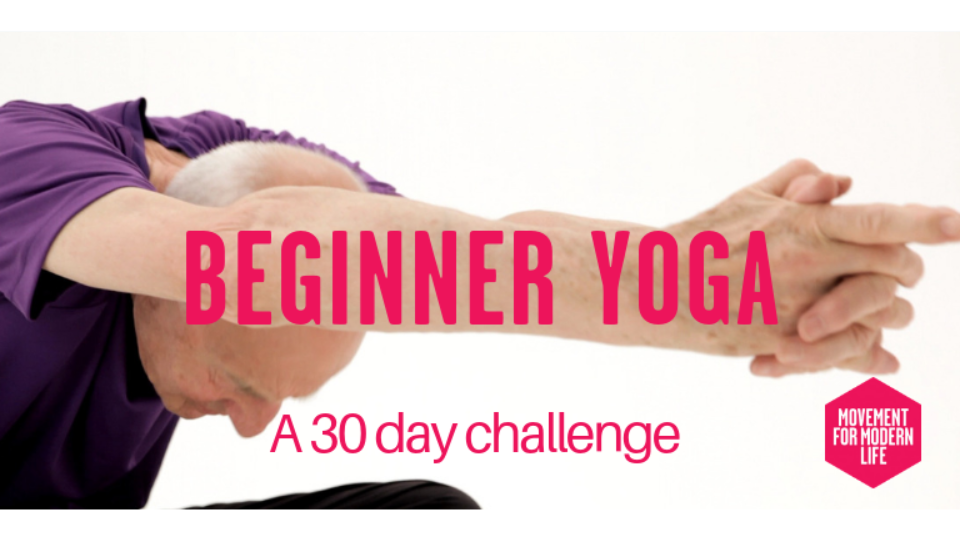
The 8 Best Yoga Poses for Beginners
(These 8 poses provide the building blocks needed for a continued practice)
Easy Pose (Sukhasana)
Easy Pose is a cross-legged sitting posture. Don’t be fooled by the title – those of us with tight hips can find it anything but easy! If your knees are very high up, sit on a block, a hardback book or perhaps a cushion to feel at ease. This pose promotes a calm mind. It improves awareness of posture and strengthens the back.
In the tutorial Andrew McGonigle demonstrates the features of the pose and takes it into a forward bend (Adho Mukha Sukhasana).
Cat / Cow Poses (Marjaryasana / Bitilasana)
These two poses are almost always done together. They are a great way to learn to connect movement with the breath, which is an essential aspect of yoga. They help to lubricate and mobilise the spine and increase the circulation.

How to do it:
- Start in table-top with the hips directly over the knees; hands hip-width apart a little forward of the shoulders; fingers pointing to the front of the mat.
- Press down firmly through the hands.
- Cat: Exhale to round the spine towards the ceiling. Drop the crown of the head and the tailbone. Draw the abdomen towards the spine. Keeping the arms straight, push through the hands to broaden across the shoulder blades.
- Release to a neutral spine
- Cow: Inhale to arch the back, lower the belly, lift the sternum and the chin and broaden across the collar bones. Keep the back of the neck long.
- Engage the abdomen to access movement in the mid and upper back.
- Release and return to a neutral spine.
- Repeat several times with the breath.
Mountain Pose (Tadasana)
Mountain Pose is more than just standing upright! It strengthens the legs and improves the posture. The pose embodies key alignment principles that are replicated in many of the standing poses. In this sense it is truly a foundational pose

This Tadasana tutorial with Andrew McGonigle demonstrates how to stand tall in Mountain Pose.
Now take this blueprint pose and discover how to find the same Tadasana alignment in lateral standing poses (with Kristin Campbell):
- Warrior II (Virabhadrasana II)
- Extended Side Angle Pose (Parsvakonasana)
- Triangle Pose (Trikonasana)
- Half Moon Pose (Ardha Candrasana).
Downward Facing Dog (Adho Mukha Svanasana)
A stimulating and energising pose, Downward Facing Dog frequently features in yoga classes as well as in sequences such as sun salutations. It builds strength in the arms and shoulders and stretches the whole back body.

This tutorial with Catherine Annis offers distinctions to help you find alignment and ease in this classic yoga pose.
You can build on the pose in this beginner class of foundation poses with Clare Beagley. Alongside Downward Facing Dog, Clare introduces Cobra (Bhujangasana), a back arch, and lunges which together form the building blocks for a ‘sun salutation’ flow.
Extended Child Pose (Utthita Balasana)
Child’s Pose is frequently used as a resting posture because it creates a moment of respite in sequences. It is also a good warm-up pose for the arms because the arm extension is active. The body is bent forward over the thighs and the breath can be directed into the back of the body.

How to do it:
- Start in all fours and take a couple of breaths.
- With the tops of the feet to the mat, bring the toes together and take the knees to the width of the torso.
- Take the bottom back and down towards the heels.
- Straighten the arms and reach the palms forward, head between elbows.
- Broaden the collar bones out away from the sternum and lengthen from the base of the skull.
- Position the palms firmly on the floor with fingers spread and index fingers pointing forwards.
- Wrap the triceps towards the floor so the arms firm inwards.
- Release the head to the floor, resting on the forehead. Use a block if the head does not come to the floor.
- Inhale and as you exhale, lengthen along the spine and draw the buttocks down towards the feet.
- Breathe evenly into the back of the body and feel the spaciousness in the back of the ribs as you enjoy the length through the spine.
- To come out of the pose, inhale and return to all fours.
Staff Pose (Dandasana)
This pose is the gateway to seated postures as it provides a stable seated foundation. Dandasana improves the stability of the core muscles and strengthens the back.

How to do it:
- Come to seated with the legs out in front of you. If your back is rounded sit up on a block(s) or book(s).
- Scoop the buttock flesh out to the sides. Now rock the pelvis forward, then backward and settle in a neutral position.
- Take the hands to the floor at the sides of the body and push down through the hands. Lift up through the breastbone (sternum).
- Firm through the legs and rotate the thighs inwards. Draw in lightly through the outer hips.
- Press the heels away from the pelvis and activate the feet with the toes pointing up.
- Imagine a wall behind you. Your sacrum and shoulder blades should be touching it, but not the lower back or head. Stay broad across the collar bones.
- Check the back and front ribs are even.
- Think of energy streaming upward from the front pelvis to the sternum, then down the back from the shoulders to your tailbone. Imagine your tailbone lengthening toward the floor.
- Aim to feel stable without gripping.
- Expand through the crown of the head and out through the heels.
Half Lord of the Fishes Pose (Ardha Matsyendrasana)
This pose is a good introduction to twists. It can relieve tension in the back and improve the range of motion in the spine.

Step by step instructions are given in this seated twist tutorial with Andrew McGonigle. If your back feels rounded when you sit in this position, sit on a block or book to raise the hips. You can also extend out the bottom leg (the right leg in this picture) if you prefer.
Go on to explore further twists in Twist to Unwind, a class with Clare Beagley.
Corpse Pose (Savasana)
Most often incorporated at the end of a class, Corpse Pose places the body in a supine position where it can relax completely.
Try this class with Adam Hocke – ‘Everbody Needs Savasana’!
The benefits of the asana practice can become integrated in the body and mind. It looks simple – lying down on the floor – but can be one of the most challenging poses since there is a temptation to skip over it or fail to engage with it fully.

How to do it:
- Start by making sure you will be warm enough and add socks or jumpers if necessary.
- Make yourself comfortable (use props under your head or knees if you like)
- Consider setting a timer for 5-10 minutes so you can relax without worrying when to come out.
- Lie on the floor with knees bent. Lift the pelvis and use your hands to scoop the buttock flesh from the back of the pelvis to the sides. Lower the pelvis. Then straighten the legs and allow them to splay out at an angle.
- Lengthen the back of the neck and relax the shoulders down towards the feet.
- Release the arms to the floor and have them angled evenly away from the sides of the body. Shoulder blades rest evenly on the floor. Rotate the arms outwards with the elbow creases towards the ceiling.
- Soften the face – the jaw, root of the tongue, skin around the nose, ears and forehead. Close the eyes and let them sink into the back of the head. Direct the inward gaze towards the heart.
- Breathe evenly, in and out through the nose, and allow the body to relax. Focus the attention on the breath.
- When you’re ready to move, bring your attention back into the room and to the body. Start moving the fingers and toes and begin to stretch the body to wake up.
- To exit, hug the knees to the chest, exhale and roll onto one side. When you are ready to return to seated, press your top hand into the floor and lift the torso, bringing the head up last.
Yoga for Beginners: Meditation or Mindfulness?
Meditation and mindfulness are often referred to interchangeably. Whilst they embody some similarities, there is a distinction between the two:
Meditation typically refers to a formal seated practice. Yoga as a postural practice or ‘fitness discipline’ is a modern concept, conceived less than 200 years ago. The roots of meditation pre-date this by some centuries. Indeed, the Sanskrit word ‘asana’, commonly associated with modern-day yoga postures, actually translates from the Sanskrit as ‘seat’. For many people, a yoga practice without meditation is simply not yoga.
Meditation involves directing concentration and awareness toward the breath, or a single point of focus. There are many different types of meditation technique, including guided meditation, breath-awareness, mantra-based and visualisation. Read more about Daily Meditation – How to Build the Habit.
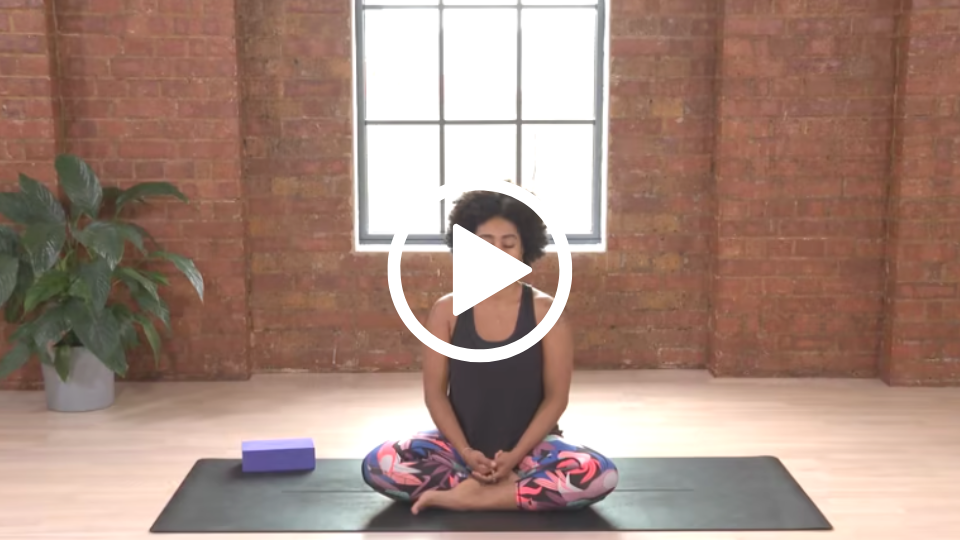
This class with Ava Riby-Adams is ideal for beginners who want to explore meditation alongside a postural practice. It finishes with a 10-minute seated meditation.
Check out this Accessible Introduction to Meditation course which uses the breath as an anchor. With Nikita Akilapa.
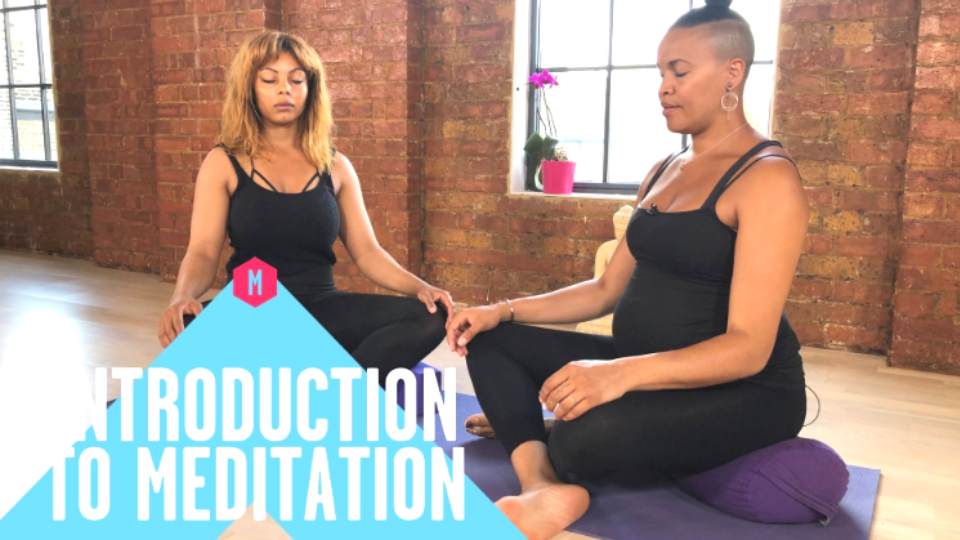
Mindfulness describes a quality or a state of being – it concerns the act of paying attention, noticing and being present in the world around you and with whatever you are doing. Mindfulness can be practised both informally – at any time and in any place – or it can be part of a more formal seated meditation practice.
Explore Mindfulness to Go with this short exercise from Clive Fogelman.
Breathwork for Beginners
We have been breathing all our life, but most of us are probably not doing it effectively! Whilst internal respiration is controlled by the autonomic (involuntary) nervous system, in contrast we have a large amount of control over our external breath.
“Yoga is moving mindfully whilst breathing consciously”,
Kat Farrants, Founder, Movement for Modern Life
The marriage of movement and breath is a magical one with the potential to transform our physical, mental and emotional health. To ignore the power of the breath in yoga is like tending a flower garden with no water or rain. Eventually the plants are denied the opportunity to flourish and grow.
In Breath and Yoga for Beginners, Lucy McCarthy explains why breath and yoga are inextricably linked and how to develop your breath practice as a beginner.
This Move with the Breath class from Clare Beagly is ideal for newbies looking to make the connection in their practice.
The 10-day breath challenge with Dan Peppiatt provides practical exercises to condition our ‘breathing apparatus’. Develop sustainable habits for effective breathing and promote a calmer and more relaxed way of being.
What ‘Yoga for Beginners’ Courses can I do to get me started?
A plethora of ‘Yoga for Beginners’ courses means it can be a bit overwhelming to choose between them. Try to choose a course targeted at beginners to enable you to address the basics and give a solid foundation to build upon.
If you are doing a course in person then you can try one-to-one or small-group training for more personal attention. You can also look out for trainee teachers who want to practice their teaching and may be particularly focused on beginners.
We recommend online yoga courses! This saves time because you don’t have to travel and you can do them from the comfort of your home. On-demand classes and courses mean you have complete choice about when and how you practice (in your pyjamas!).
Live Zoom Beginners Course
MFML often offer regular live courses via Zoom. Keep an eye on the website for live course updates.
The Yoga for Beginners 30-Day Challenge
The Yoga for Beginners 30-Day Challenge is an excellent way to explore different aspects of yoga with 5 different teachers. Each day, you will receive an email with a guided yoga practice. The challenge is to follow one video per day, for 30 days straight. By day 30, you will feel stronger, more flexible, breathe deeper, feel less stress and sleep better.
Our instructors do more than just show the moves, their expert instruction will equip you with knowledge on correct alignment, alternative poses and the benefits behind each posture as it applies to your daily life.
The programme includes:
- Beginners 1-4 with Clare Beagly
- Easy Hips 1-3 with Leila Sadeghee
- Easy Yoga for Back Care 1-4 with Leila Sadeghee
- Begin (Again) 1-7 with Adam Hocke
- Yoga Step by Step 1-4 with Kate Walker
- Stepping Stones to Practice 1-4 with Kate Walker
- Vinyasa SOS: Beginners with Lucy McCarthy
- Beginners Brand New You with Lucy McCarthy
- Free the Spine with Lucy McCarthy
- Beginners Meditation with Lucy McCarthy
A Four Week Yoga for Beginners Course
This four week Yoga for Beginners Course will take you through yoga basics including breathing, foundation poses, meditation and relaxation. This course is perfect for:
- Total beginners with no previous knowledge or experience of yoga
- Those wanting to refresh their knowledge of yoga foundations
- Those who enjoy and benefit from additional guidance.
Four 30-minute classes, each week for four weeks, will help you build strength and confidence.
Styles of Yoga: What is best for Beginners?
There are many different styles of yoga and knowing where to begin can be a bit mind-boggling! Here’s a brief overview:
Hatha Yoga
This is a great place for beginners to start! Hatha yoga introduces postures and breathing techniques that prepare the body for meditation. The relatively slow pace of classes makes them accessible for those starting out. Hatha is also the basis for other forms of yoga such as vinyasa yoga, Ashtanga and restorative yoga.
Vinyasa Flow
A dynamic, flowing style of yoga harmonising breath and movement. Vinyasa flows vary from a fast ‘power’ style to an alignment-based or more meditative flow.
Power Yoga
Power yoga is a vigorous vinyasa style of yoga. Benefits include increasing internal heat and building stamina and strength.
Ashtanga Yoga
A dynamic, flowing and physically demanding practice, Ashtanga moves through set sequences of poses and vinyasas which build strength and mobility.
Restorative Yoga
A floor-based practice that allows the body to experience deep relaxation through a series of long, gentle stretches that are supported by props so that the body can release tension.
Yin Yoga
A floor-based yoga practice in which poses are held passively for a length of time, often a few minutes. This works into the connective tissues (ligaments, joints, bones and fascia) rather than the muscles. Energetically, it taps into our ‘chi’ and helps improve the flow of energy round the body.
Yoga Nidra
Also known as ‘yogic sleep’, nidra is in fact a state of consciousness between waking and sleeping where the body and mind are fully relaxed. Yoga Nidra is conducive to emotional and physical healing
What puts people off Yoga?
Not everyone who practises yoga regularly finds it plain sailing at first. For others, yoga can be off-putting. So, let’s take a moment to acknowledge some common doubts and share a few prompts for further reflection:
- I’m not strong enough / bendy enough / thin enough
Concerns about having the ‘wrong’ kind of body for yoga are commonplace. Please know that there is no ‘right’ or ‘wrong’ body type. Yoga is a helpful means to explore the relationship we have between our body and mind in a non-judgemental environment.
- I’m not religious or spiritual… and/or I’m not interested in being ‘converted’ to yoga
Yoga is a system of practice, not belief. No leap of faith is required when starting out, other than trusting that it might be worth trying. Every individual has the option and capacity to evaluate the extent to which it works for them.
- The Sanskrit terms are confusing for someone unfamiliar with the language
Sanskrit is the classical language of Indian literature, including yoga texts. All yoga poses have English translations for the Sanskrit names. The Sanskrit terms are widely used as they help us to remain in touch with, and honour, the traditions of yoga.
- I don’t have time to get to yoga classes
Whilst classes at your local community hall or gym are a great way to get started with yoga, they are by no means the only way. Learning online, in time slots of varying length that work for you, can be an excellent introduction. Movement for Modern Life provides that flexibility.
- I find standing and balancing difficult
You could make a start with chair yoga and look for routines which use the wall. This can be ideal if you are recovering from injury or illness or you don’t have the mobility for floor and standing poses.
- I lack the space at home to do online classes
You might be surprised at how little space you need. Here are some tips to create a home yoga space.
- I tried yoga before and it didn’t work for me
Me too! There are many different styles and approaches to yoga and it can take a little while to find one that works for you. Give some careful thought to your reasons for wanting to start yoga and do your research. Try different things, keep an open mind and stay tuned to how it feels. If it’s not floating your boat, that’s OK too!
Next Steps on your Yoga Journey!
Yoga for beginners is an extensive topic, and there was always going to be a ton of information for us to share! If you’ve read this far, be sure to bookmark the article so you can revisit the many thoughts and suggestions.
When you make a commitment to practise yoga you are entering into a new relationship with yourself. We highly recommend starting with one of our courses.
Keep up your daily practice with this 21 days of Morning Yoga Course!
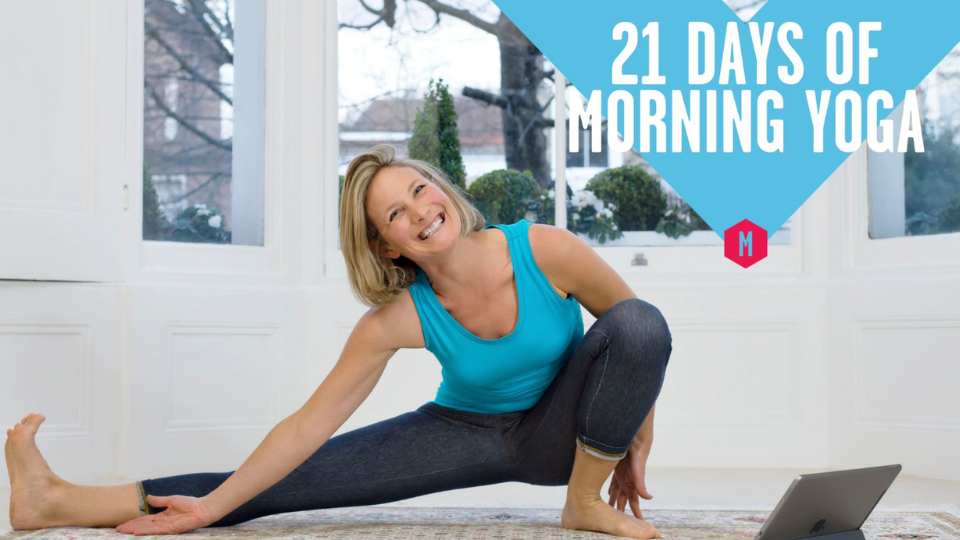
Read more in Yoga for Stress and Anxiety: A Complete Guide
Whatever steps you take, stay curious and treat it like an exploration… an adventure. Pay close attention to your body and notice what works for you. We are all different! Allow yourself time to adjust. Above all, yoga will enable you to create the space to learn and grow.
Good Luck!
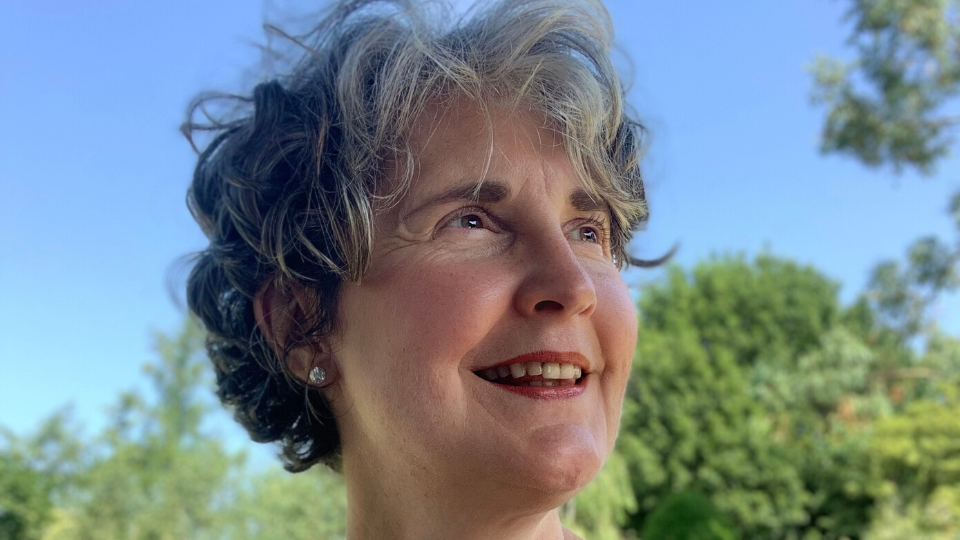
Author: Helen Krag. Helen is a health and wellness enthusiast; observer of human behavioural change; yoga teacher trainee; passionate traveller; and lover of the outdoors.





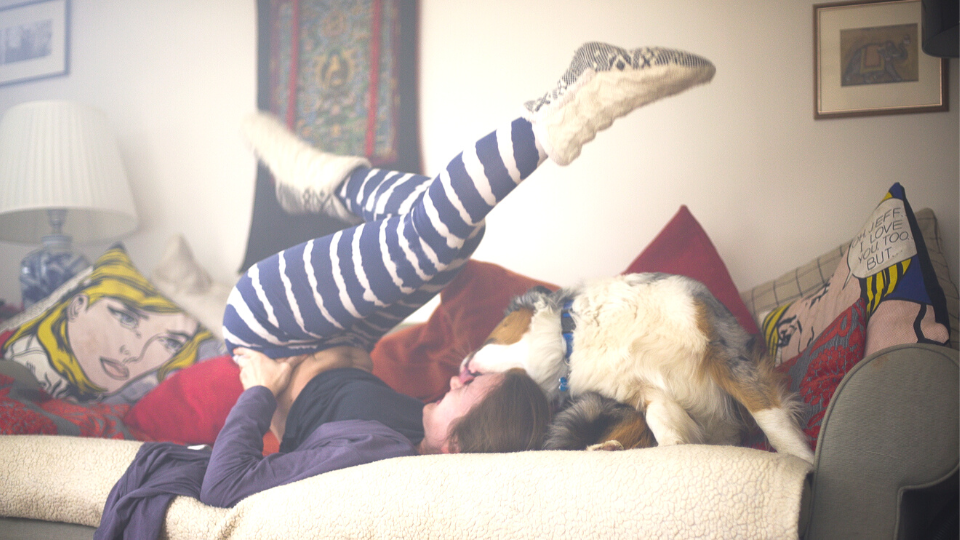
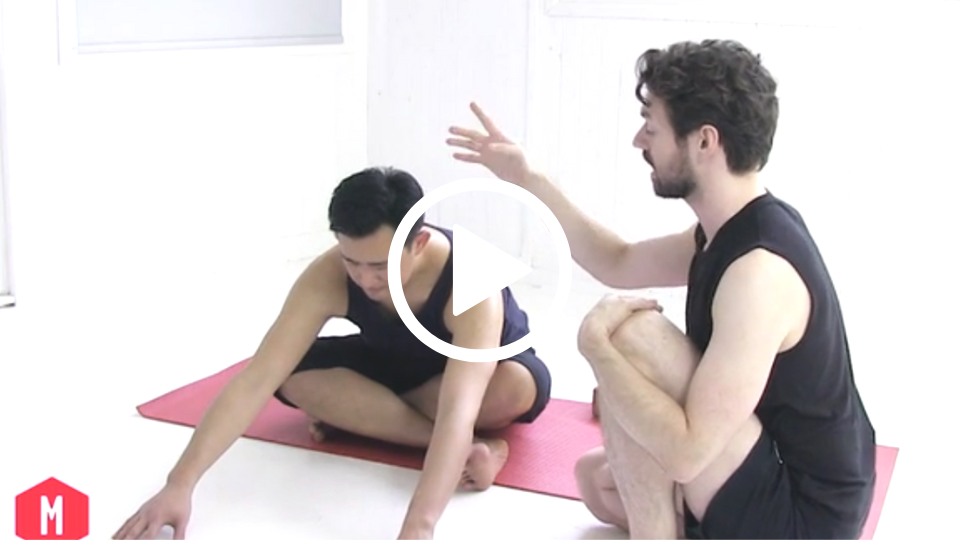
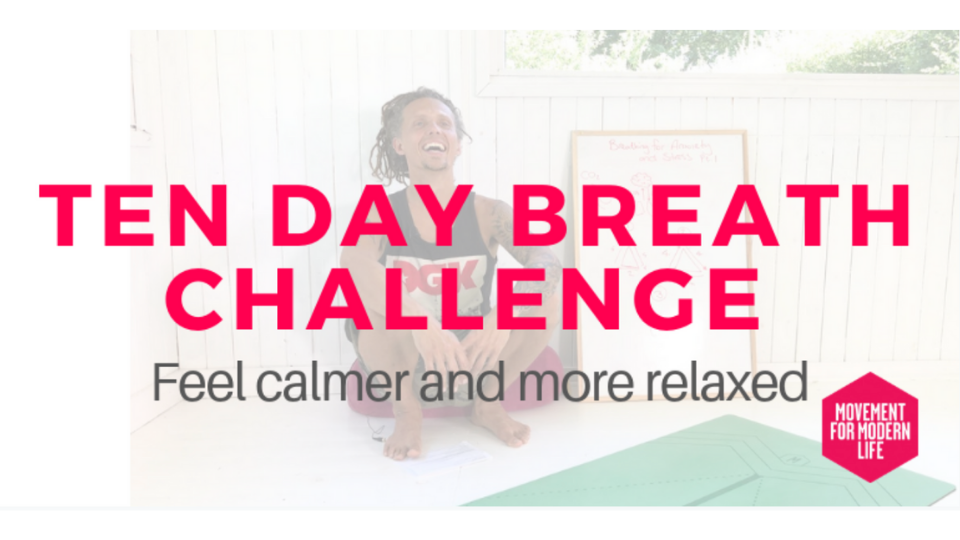
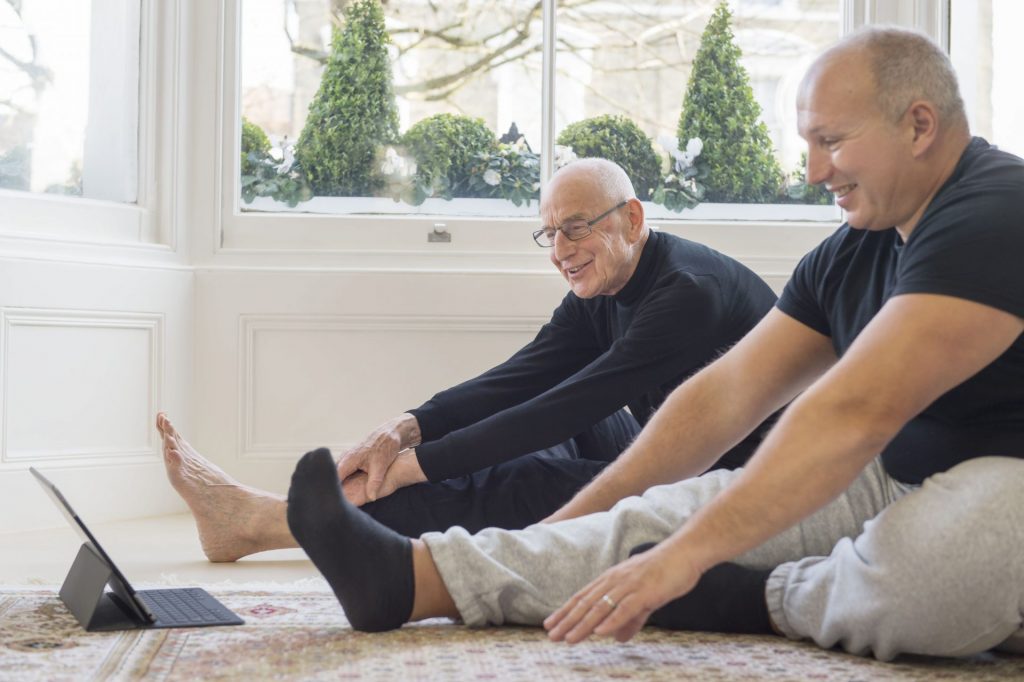
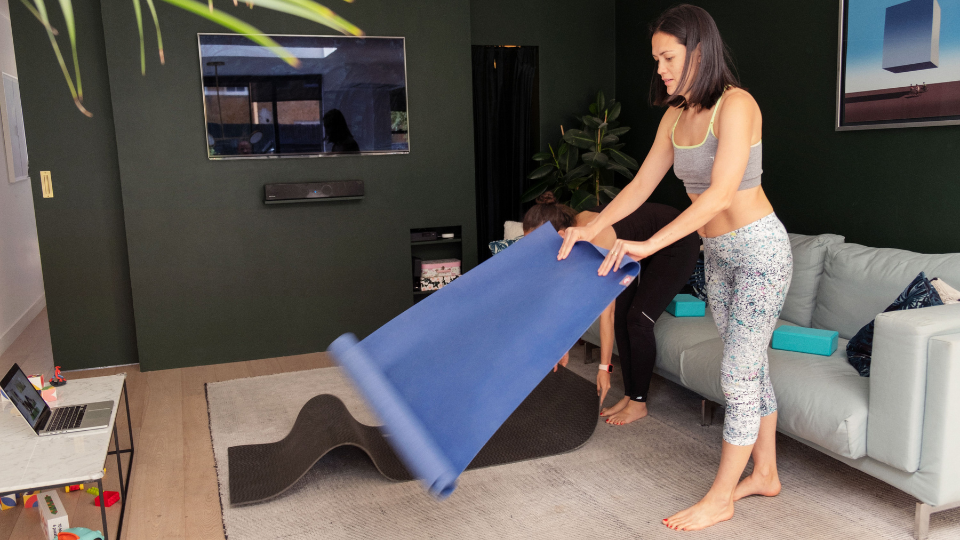
Leave a Reply